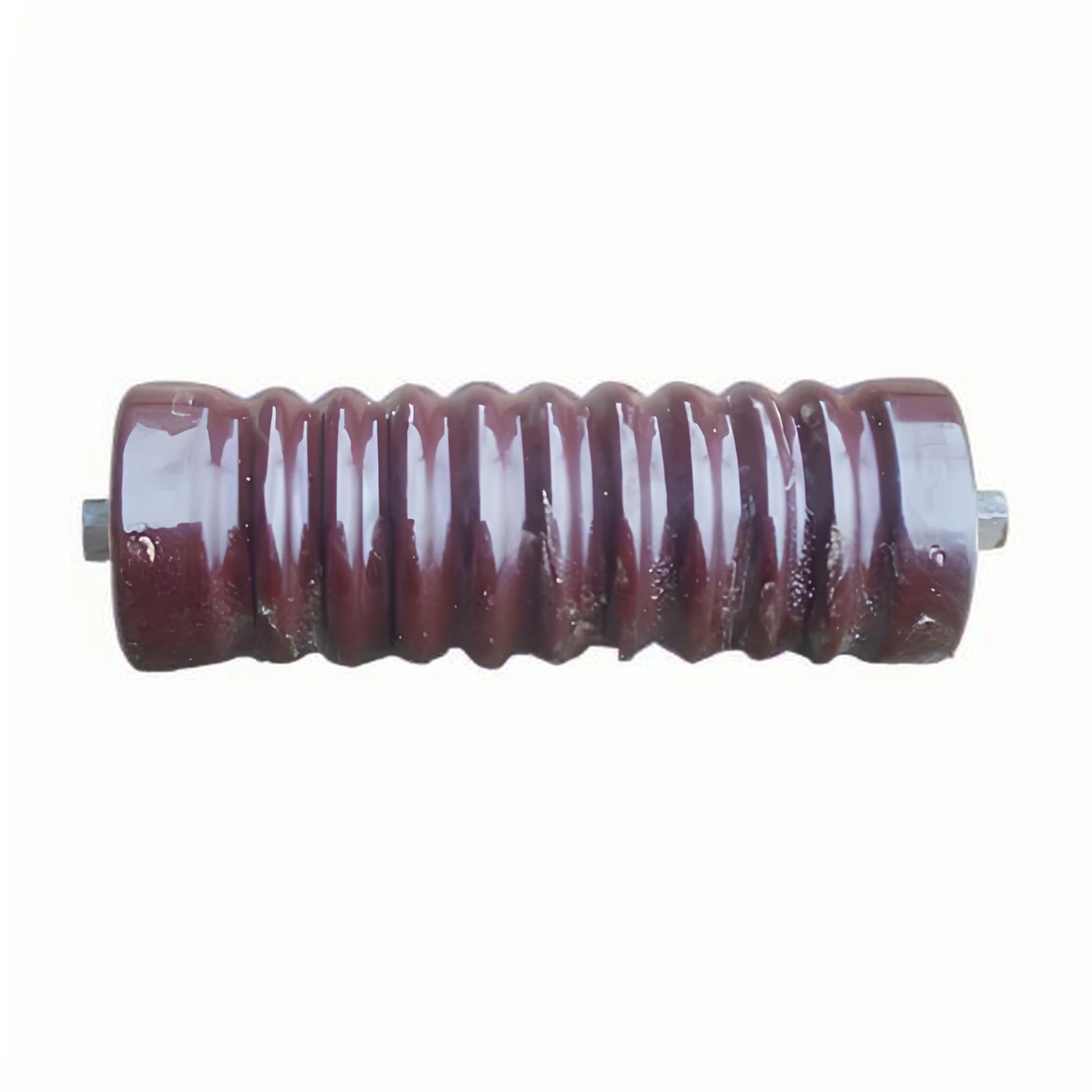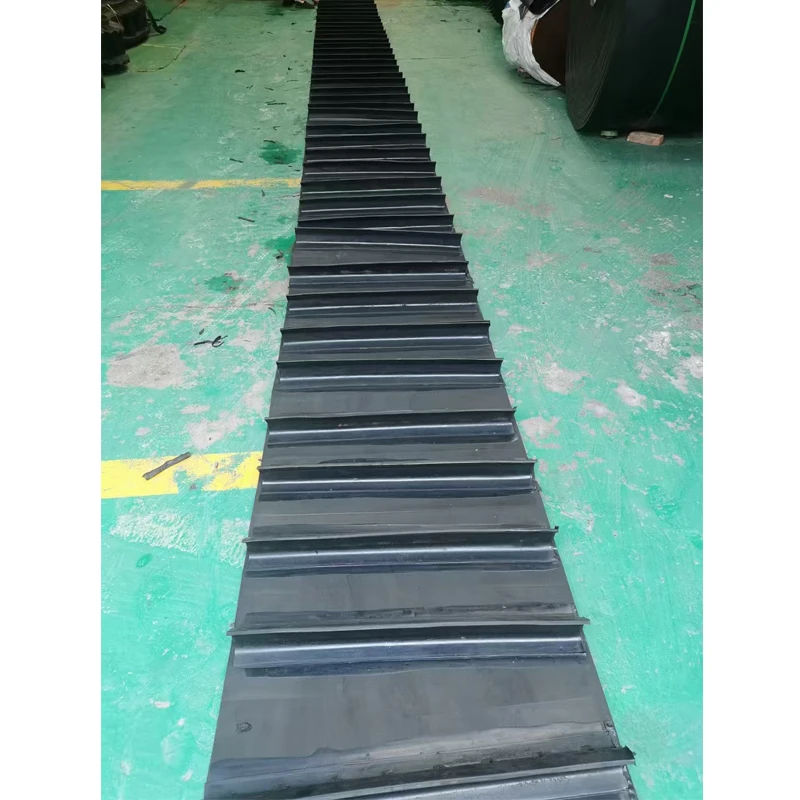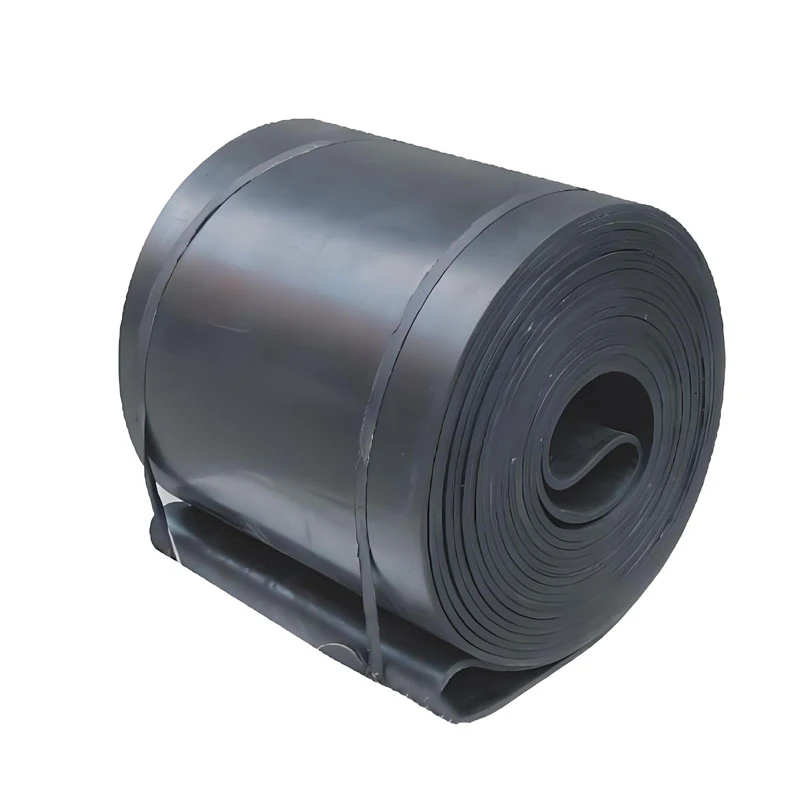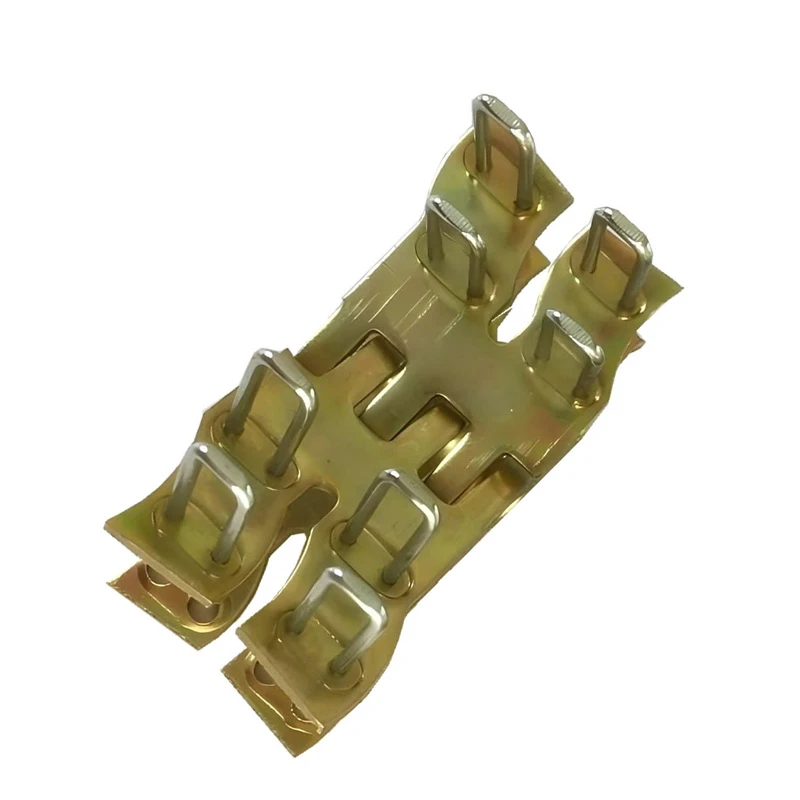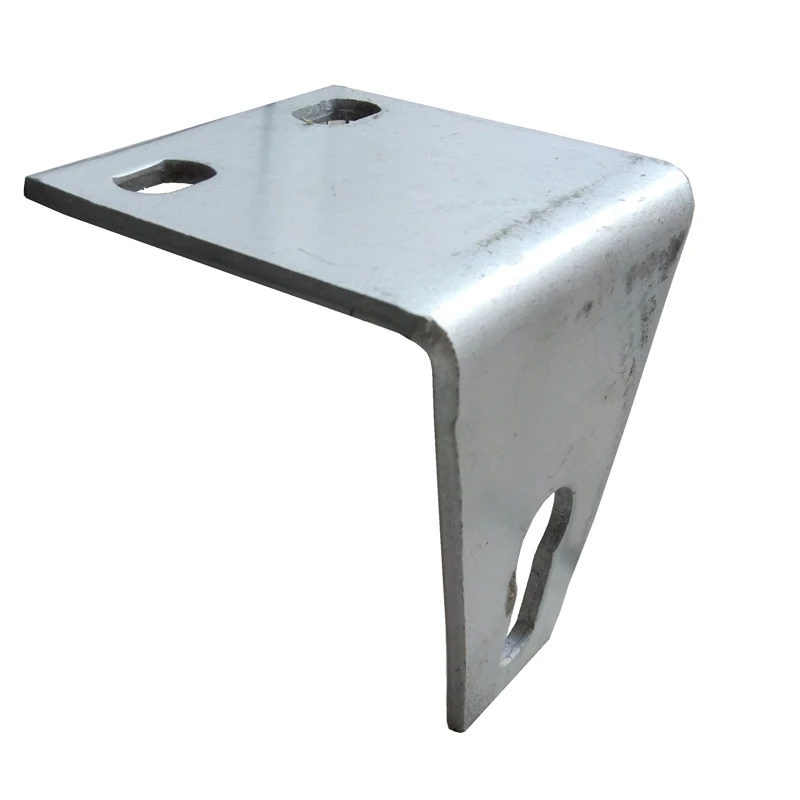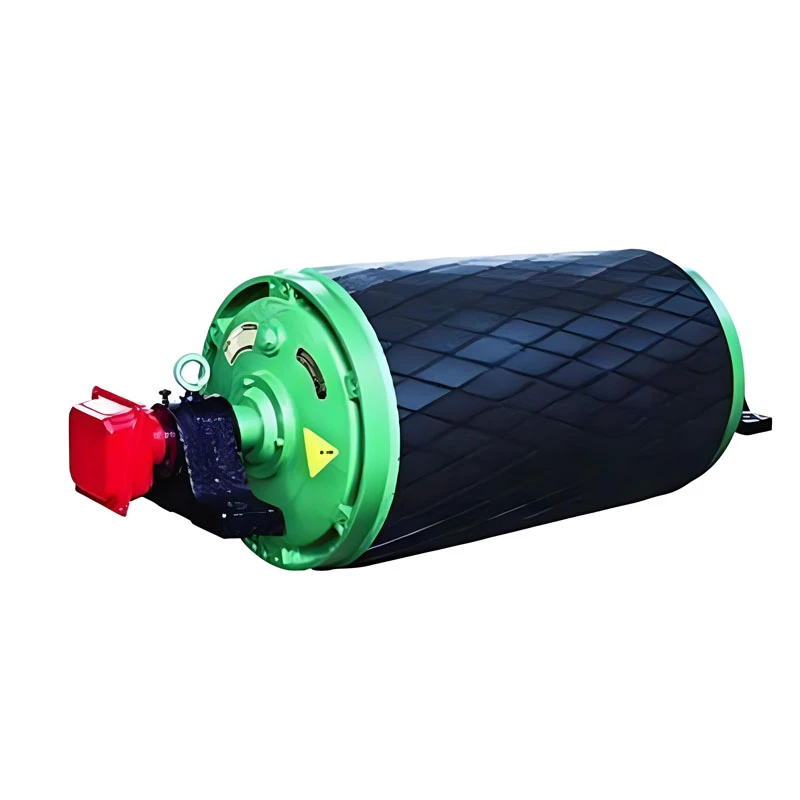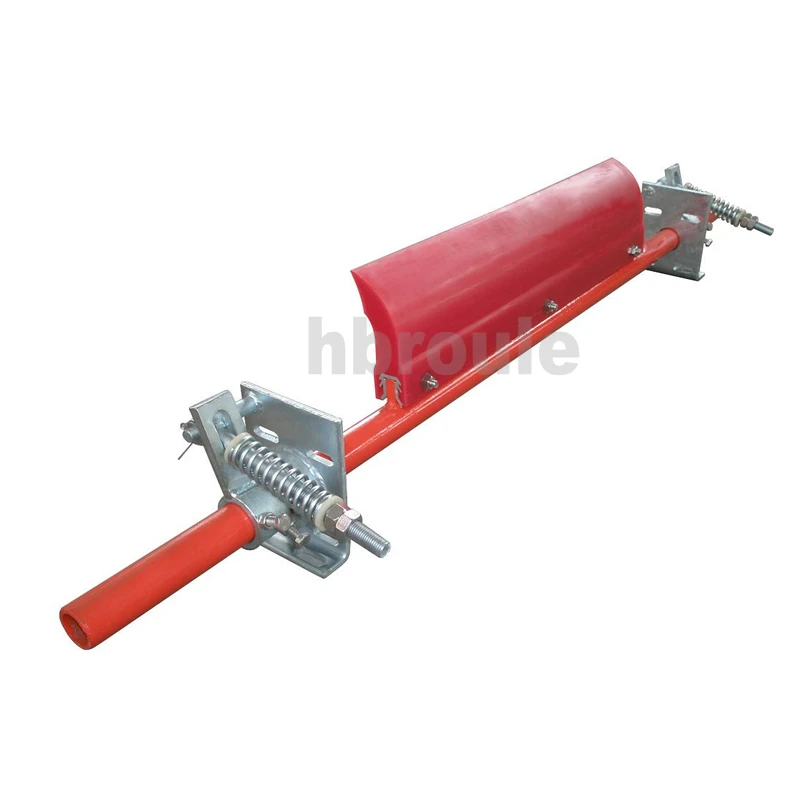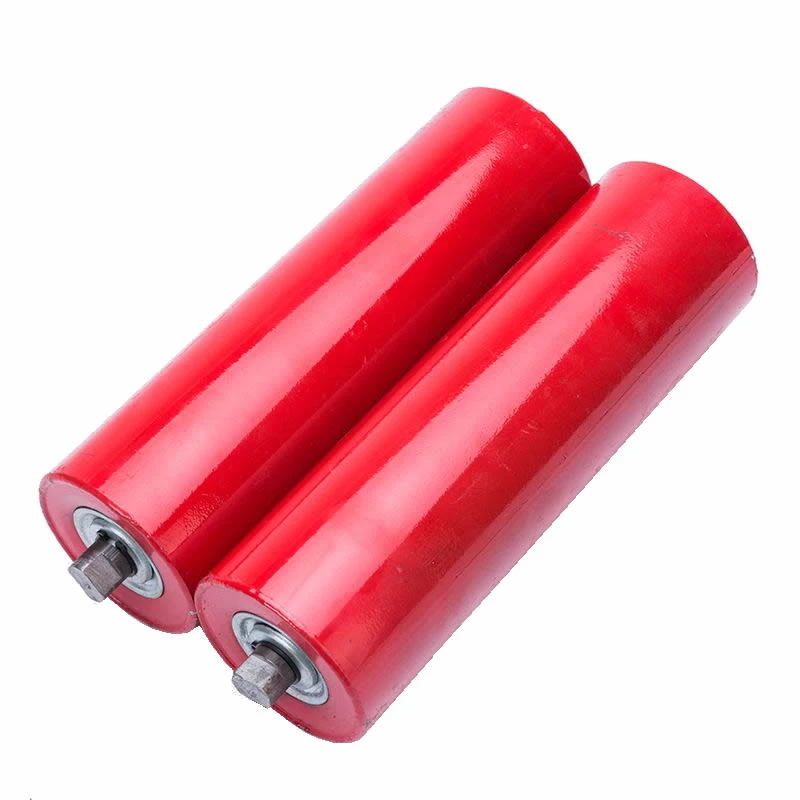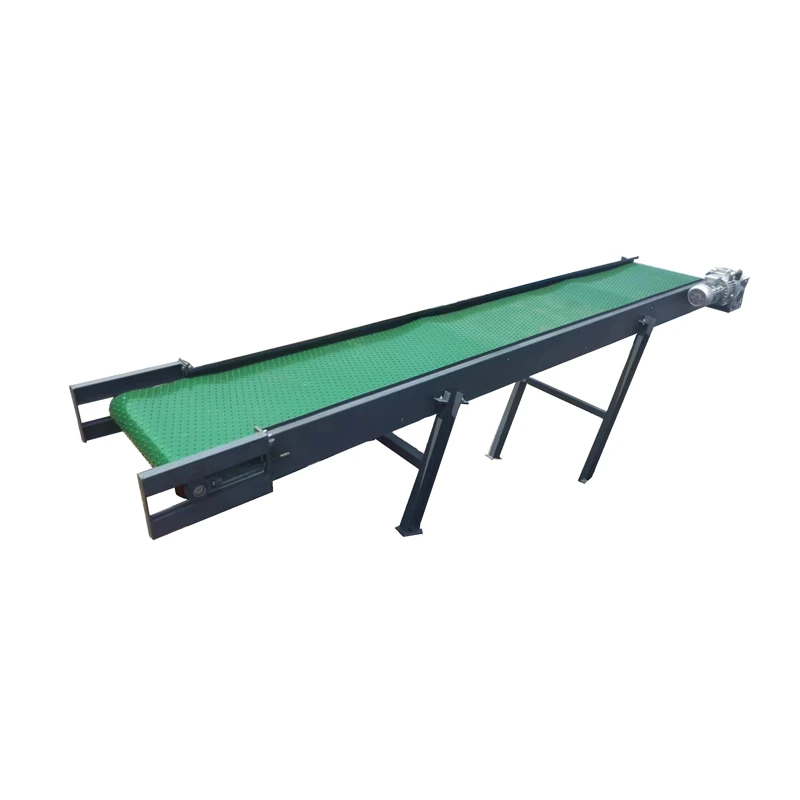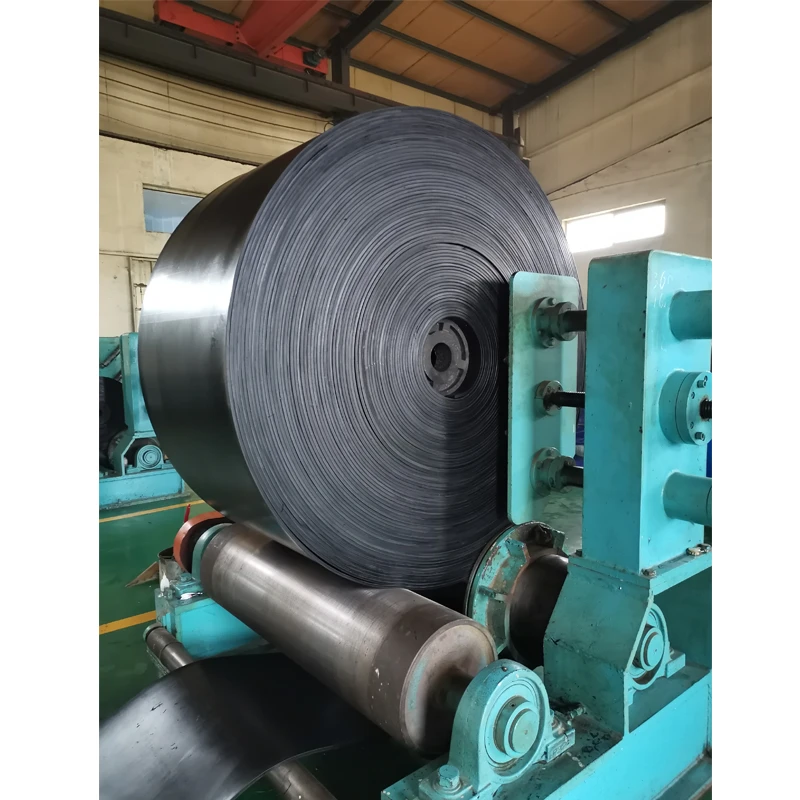- Critical role of conveyor systems in modern coal extraction operations
- Engineering advancements in fire-resistant belt compositions
- Top global manufacturers comparison matrix
- Customization approaches for geological challenges
- Implementation success at Indonesian mega-mine case study
- Predictive maintenance protocols for continuous operation
- Emerging technology integration and market trajectory

(coal conveyor belt)
Essential Infrastructure for Efficient Coal Transfer Operations
Modern mining operations depend critically on ruggedized material transport solutions to maintain continuous production cycles. Coal conveyor belts form the arterial network within extraction sites, moving over 12,000 metric tons per hour at premier facilities. The global market for these systems surpassed $5.2 billion in 2023, reflecting 7.8% compound annual growth since 2020. Primary applications include pit-to-plant transfer, preparation plant circuits, and stockyard distribution where reliability directly impacts profitability.
Contemporary belt installations now incorporate embedded sensor grids monitoring tension, alignment, and load distribution. This instrumentation provides operational awareness previously unattainable, reducing unplanned downtime by 62% according to industry audits. Structural innovations in idler roller configurations have additionally decreased rolling resistance by 27%, yielding proportional energy savings.
Fire Resistance and Structural Reinforcement Advancements
Enhanced safety specifications represent the most significant engineering evolution in recent decades. Underground belt conveyor designs now feature inherent fire resistance through specialized rubber compounds and fabric weaves. The ASTM D378 standard requires belts to self-extinguish flames within 90 seconds after ignition source removal. Advanced formulations using chloroprene rubber matrices achieve oxygen indices above 38%, exceeding regulatory baselines.
Reinforcement techniques significantly extend operational lifespans:
- Diagonal-woven steel cord reinforcement resists longitudinal ripping
- Cross-stiffener modules prevent material seepage between plies
- Ceramic-impregnated top covers withstand gouging forces
These structural enhancements deliver documented cover wear rates below 0.8mm per million ton-miles transported, effectively tripling maintenance intervals compared to legacy designs.
Global Manufacturer Capability Comparison
| Manufacturer | Tensile Strength (N/mm) | Abrasion Loss (mm³) | Heat Resistance (°C) | Certifications |
|---|---|---|---|---|
| ContiTech | 3150 | 80 | 220 | MSHA, EN 14973 |
| Fenner Dunlop | 3000 | 75 | 200 | AS 4606, CAN/CSA-M424.3 |
| Bando | 2800 | 95 | 190 | JIS K 6322, DIN 22102 |
| Sempertrans | 3300 | 70 | 250 | ISO 340, IEC 61373 |
The technical specifications highlight significant performance differentials across manufacturers. Leaders invest heavily in proprietary compounding technologies where specialized additives improve tear resistance while maintaining flexibility at -40°C temperatures.
Terrain-Specific Engineering Solutions
Elevation transitions exceeding 15 degrees demand specialized solutions to prevent material rollback. Cleated belt designs with vulcanized barriers maintain material integrity during steep ascents. The patented WaveTech profile has demonstrated 38% greater incline capability than conventional chevron patterns in Appalachian testing.
Adjustable system configurations accommodate geological constraints:
- Folding conveyor sections for subsidence-prone regions
- Modular truss designs spanning seismic fault lines
- Radial stackers with programmable trajectories
These adaptable frameworks shorten installation timelines by up to 60% compared to fixed-position systems while permitting future layout modifications as mining fronts advance.
Large-Scale Implementation Success Metrics
The PT Kaltim Prima Coal installation showcases optimized system performance. After transitioning from mine trucks to belt conveyor for coal handling in 2021, the Indonesian operation achieved:
16,000 tph capacity across 4 parallel lines
18.3 km total conveyance distance with automated transfer stations
37% reduction in operational costs per ton moved
98.4% system availability over continuous 18-month operation
Infrared scanning technology detected misalignment issues at Transfer Point 7B before visible wear occurred, preventing potential 72-hour downtime. The monitoring system paid for itself within five months through avoided production interruptions.
Proactive System Preservation Protocols
Industry-leading operators implement tiered maintenance strategies:
- Daily: Laser alignment checks, bearing temperature monitoring
- Weekly: Belt wear measurement, roller rotation verification
- Bi-annual: Full splice integrity examination
Vibration analysis techniques identify roller failures six weeks before catastrophic malfunction occurs. This predictive approach resulted in 83% fewer emergency repairs at CONSOL Energy's Pennsylvania complex. Modern cleaning systems employing oscillation frequency adjustment have additionally reduced carryback contamination by 94%.
Next-Generation Coal Conveyor Belt Technology
Industry 4.0 integration represents the immediate developmental horizon. Self-diagnosing belts featuring embedded RFID transponders will autonomously report structural integrity status, with initial field trials showing 91% accuracy in damage detection. Emerging photonics technology could soon enable real-time volume measurement through optical fiber grids woven directly into belt structures.
Material science innovations point toward thermoplastic elastomer compounds capable of autonomous surface healing for minor damage. Global demand projections indicate 13% compound annual growth through 2030, with Asia-Pacific regions accounting for 68% of new installations. This trajectory underscores conveyor systems' essential position in coal extraction infrastructure amid evolving energy landscapes.
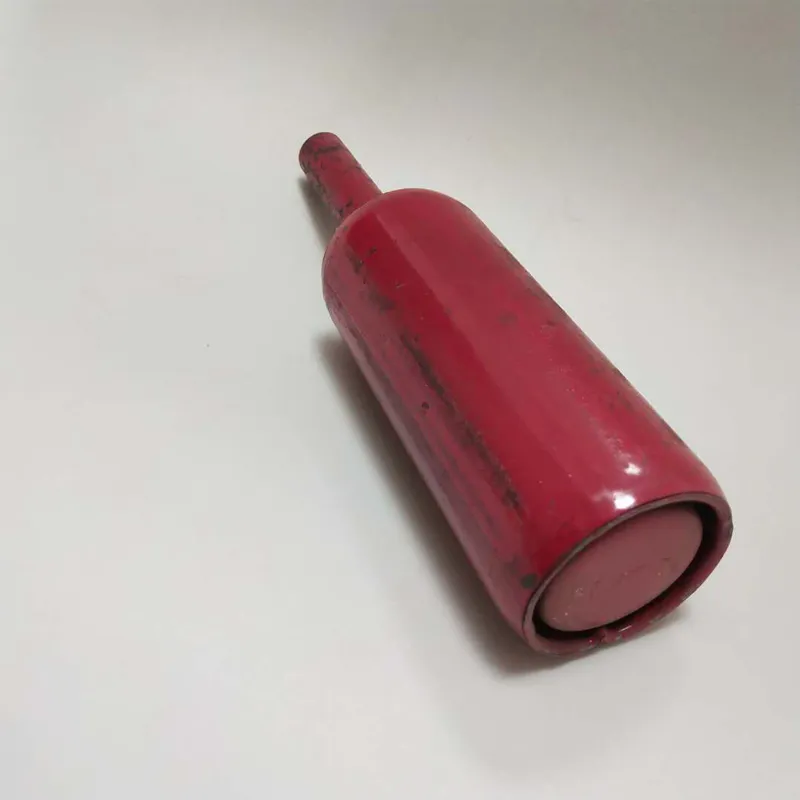
(coal conveyor belt)
FAQS on coal conveyor belt
Below are 5 coal conveyor belt-related FAQs formatted in HTML with requested specifications:Q: What are key safety features for coal mine conveyor belts?
A: Essential safety features include fire-resistant rubber compounds, emergency stop pull cords along the belt line, and metal detectors to prevent equipment damage. These mitigate combustion risks and foreign material hazards in underground environments.
Q: How often should coal conveyor belts undergo maintenance?
A: Perform visual inspections daily and detailed mechanical checks weekly. Replace worn components like idlers every 3-6 months depending on coal abrasiveness and throughput volume to prevent unplanned downtime.
Q: What specifications matter for belt conveyors handling coal?
A: Prioritize belt width (typically 30-84 inches), impact-resistant rubber grades, and incline capabilities. Temperature-rated materials (-20°C to 80°C) and anti-static properties are crucial for safe bulk material transport over long distances.
Q: Can standard conveyor belts handle coal transportation?
A: No, specialized multi-ply reinforced belts with flame-retardant covers are required. Standard belts lack the rip resistance, anti-static properties, and impact reinforcement necessary for coal's abrasive nature and mining safety regulations.
Q: What causes most coal conveyor belt failures?
A: Top failure causes include material buildup creating mistracking, worn pulleys causing belt slippage, and improper tension leading to edge tears. Contamination from fine coal particles accelerates bearing and roller degradation significantly.

